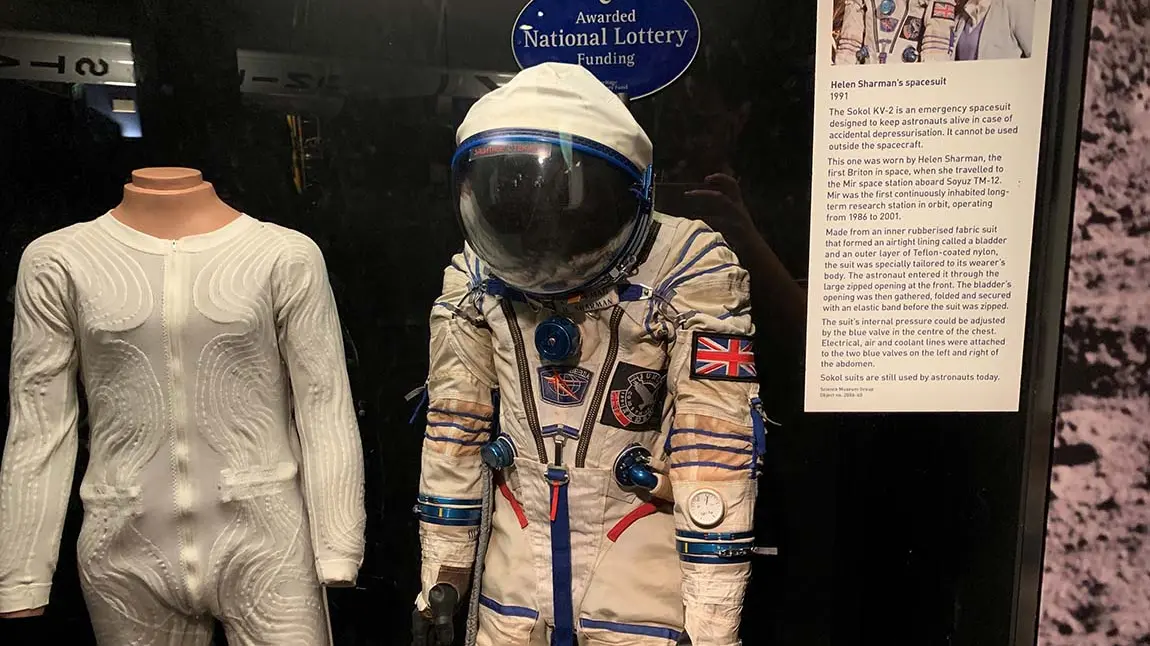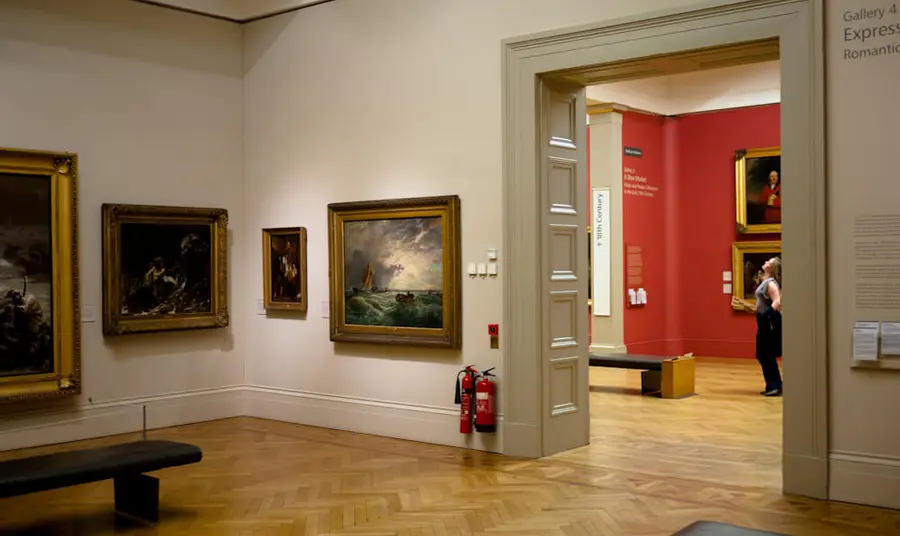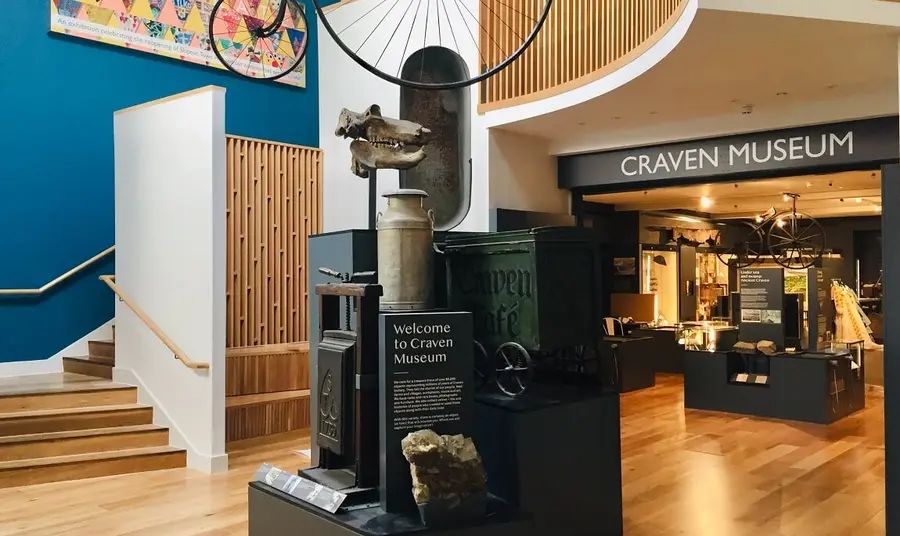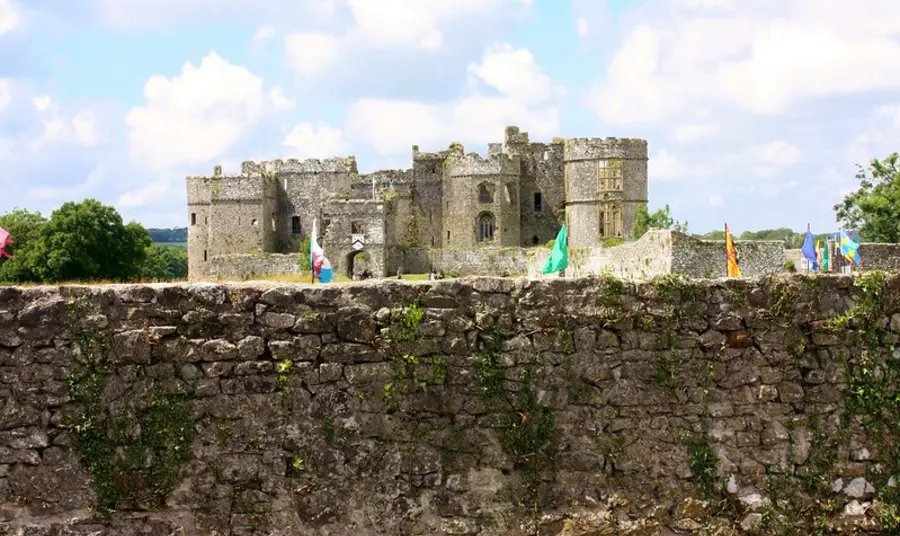Report: museums and heritage sites need to improve online accessibility information

The Heritage Access 2022 report analysed more than 2,000 UK museum and heritage websites from the past four years. It looked at venues’ information on provisions such as braille resources, accessible toilets and parking.
Despite a significant increase in online access information since the State of Museum Access 2018 report, the results were disappointing:
- there were no major improvements in information for blind and visually impaired, D/deaf, hard of hearing and neurodivergent visitors since 2018
- 19% of museums and heritage sites had no online access information at all
We encourage people throughout museums and heritage sector to read the report and be part of making change at your venue.
Catrin Podgorski, Project and Volunteer Manager at Vocal Eyes
Catrin Podgorski, Project and Volunteer Manager at VocalEyes, says: “We hope that this report will provide not only a wake-up call for the sector on the state of access – or lack thereof – but also continue to empower organisations and individuals to champion inclusivity.
“It is vital that this is from the top down – venue leadership needs to set the expectation that it is embedded into everything, not added as an afterthought or subject to demand. We encourage people throughout museums and the heritage sector to read the report and be part of making change at your venue.”
Supporting the sector
It’s not all bad news though. The report found many strong examples of online access information. And to help organisations do better, it includes guidance to make improvements both online and on site. From offering a choice of digital media types on websites, to running access events designed with disabled visitors in mind, such as ‘relaxed’ or ‘quiet’ opening times for neurodivergent visitors.
The project also produced a benchmark tool for both venues and the public to see how a site scored in the report. Catrin says that since the report’s release last month, many venues have been in touch to ask how they can improve their scores.
“When venues contact us regarding their score, it’s important to remind them that even small changes to their access information can make a difference in how someone with access requirements may perceive their site.”
Heritage is for everyone
Heritage Access 2022 is a partnership project that worked with 61 volunteer researchers with lived experience to gather venue access information. It was supported by a digital volunteering grant from our Digital Skills for Heritage initiative.
Catrin says she’s pleased by the sector’s response to the report. It has been shared widely through networks such as the heritage volunteering community, disability advocacy groups and project partners. Direct feedback has included many comments on the necessity and importance of its findings.
By making it easier to access and understand arts and heritage, we are enabling more people to learn, connect and share ideas.
Kim Klug-Miller – Disability and Access Ambassador for Heritage The Cabinet Office Disability Unit
Over 14.6 million people, around 22% of the UK population, are disabled. Through the Equality Act 2010, museums and heritage sites are required by law to protect people from discrimination and make reasonable adjustments in relation to accessing services and facilities.
Kim Klug-Miller, Disability and Access Ambassador for Heritage at The Cabinet Office Disability Unit, says: “Heritage bridges the gaps between generations of people. By making it easier to access and understand arts and heritage, we are enabling more people to learn, connect and share ideas.”
Further resources
Visit and download the Heritage Access 2022 report, which includes a checklist to help improve your organisation’s online accessibility information.
VocalEyes has also shared ten ways to encourage deaf, disabled and neurodivergent visitors to your heritage site with The Heritage Alliance. It covers advice from alt-text to sensory exploration.
How we can help
Explore our Digital Skills for Heritage initiative and available funding – we can fund your accessibility improvements as part of your wider project idea.
Refer to our guidance on digital requirements – we expect all projects we fund to produce accessible digital resources. This is part of our commitment to making sure as many people as possible can enjoy and make use of the work we fund.





